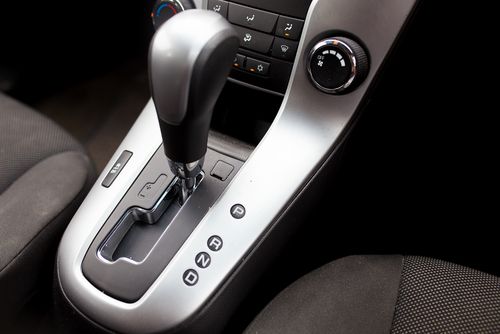Your vehicle’s transmission and clutch are crucial components that ensure smooth operation and performance. Repairs, rebuilds, or replacements can be costly, so protecting these parts should be a priority for every driver. Here are the best ways that we recommend here at Simpson Brothers Garage to maintain your transmission and clutch and avoid unnecessary wear and tear.
Understanding the Transmission and Clutch
The transmission transfers power from the engine to the wheels, enabling your vehicle to move. In manual vehicles, the clutch connects and disconnects the engine’s power to the transmission, allowing gear changes. For automatic transmissions, the torque converter performs a similar function. Maintaining these systems is essential for efficiency, safety, and cost-effectiveness.
1. Regular Maintenance is Key
Schedule routine transmission service, including fluid checks and replacements. Transmission fluid lubricates and cools components, reducing friction and wear. For manual transmissions, ensure the clutch fluid is at optimal levels. Neglecting fluid maintenance can lead to overheating, slipping gears, or complete transmission failure. Allow the technicians at Simpson Brothers Garage handle your transmission fluid maintenance needs by visiting our website to request service, Simpson Brothers Garage, or giving us a call.
2. Avoid Riding the Clutch
Manual transmission drivers often fall into the habit of "riding the clutch," keeping the pedal partially engaged while driving. This practice increases friction and heat, leading to premature clutch wear. Instead, fully release the clutch after shifting and use the handbrake on inclines to prevent rollback.
3. Shift Gears Smoothly
Whether driving a manual or automatic vehicle, harsh or rapid gear changes put extra stress on the transmission. In manual cars, practice smooth engagement of the clutch and match engine speed to the desired gear. Automatic drivers should avoid rapid acceleration or unnecessary downshifting.
4. Keep an Eye on Transmission Fluid
Transmission fluid should be clean and at the correct level. Dirty or burnt fluid can indicate internal problems and accelerate wear. Allow the maintenance mechanics at Simpson Brothers Garage to check your vehicle’s owner manual for recommended intervals for fluid changes. We’ll always use the type specified by the manufacturer.
5. Don’t Overload Your Vehicle
Overloading strains the transmission and clutch, as they must work harder to move the vehicle. Avoid exceeding the maximum weight capacity specified in your owner’s manual. If towing heavy loads, consider installing a transmission cooler to prevent overheating.
6. Warm Up Your Vehicle in Cold Weather
Cold temperatures can thicken transmission fluid, reducing its effectiveness. Allow your vehicle to warm up before driving to ensure proper lubrication and performance, especially in extreme weather conditions.
7. Address Problems Early
If you notice signs of transmission or clutch trouble—such as difficulty shifting, slipping gears, or unusual noises—don’t ignore them, bring your car, truck, or SUV to Simpson Brothers Garage for rapid repairs. Prompt repairs can prevent minor issues from escalating into costly replacements.
8. Use the Right Driving Techniques
Avoid habits like engine braking in manual vehicles, as it puts extra strain on the clutch. For automatics, don’t use "Park" to hold the car on a hill; rely on the parking brake instead. Proper driving techniques can significantly extend the lifespan of these components.
Why Protecting Your Transmission and Clutch Matters
Repairing or replacing a transmission or clutch is among the most expensive vehicle repairs, and although here at Simpson Brothers Garage we can boast about our affordable repairs and maintenance services, we hate to see our customers put up more and more money for their vehicles. Regular care not only saves money but also ensures optimal performance and safety. A well-maintained transmission provides smoother driving and better fuel efficiency, while a healthy clutch enables precise control in manual vehicles.
By following these tips, you can protect your vehicle’s transmission and clutch from premature wear and expensive repairs. For additional peace of mind, schedule regular inspections with a trusted auto repair shop like Simpson Brothers Garage to ensure these components remain in top condition. Book on our website today, Simpson Brothers Garage, or give us a call to speak with a knowledgeable team member about our professional transmission and clutch services. Our certified technicians are here to keep your vehicle running smoothly for years to come!

